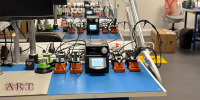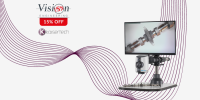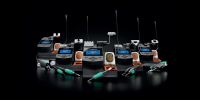
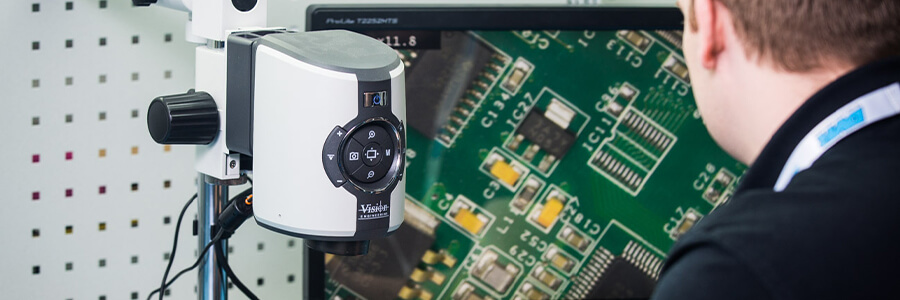

When you are in the market for a new vision system, choosing a microscope set up that is right for your application is paramount.
The purchase is often an expensive one, so requires some thought before pulling the trigger on any transactions.
But worry not, Kaisertech is here to offer our expertise in the matter. Read below for our comprehensive microscope buyers guide, detailing the things you must consider when choosing a microscope set up for your workplace!
Type Of Microscope
This decision will be based largely around the type of object that you are intending on viewing. For the electronics industry you are looking at 2 main options: Stereo or Digital.
Both are ideal and appropriate for working and observing PCBs components and more. So let’s break both of these down.
Stereo Microscopes – These allow you to get a magnified view of larger objects, which in this case would be the PCBs or components that you are working with. For low magnification, stereo microscopes are the best choice. You will rely usually on a variation of eyepiece, whether that be binocular eyepieces such as with the SX45 or the eyepiece less Vision Engineering equivalent in the Mantis range.
Digital Microscopes – With a digital microscope, you eliminate the need for an eyepiece altogether. They are suited to viewing of objects that classify as large but display the imagery often on a HD screen of a PC monitor. You will often get a higher quality image from these, but the cost of the unit is often higher. Another benefit of digital microscopes are their ability to cater for collaborative work. Multiple people can observe the screen whilst one person is performing work under the microscope.
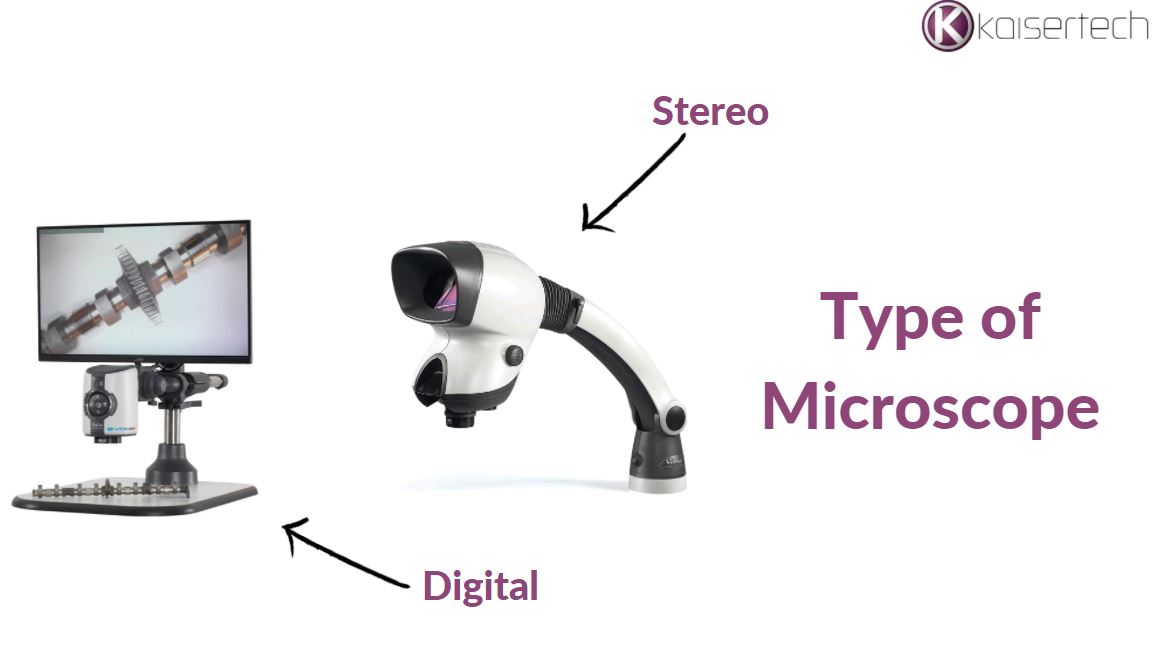

Head / Eyepiece Type
The next consideration for a microscope set up is the eyepiece, or head of the microscope. With your standard stereo microscopes, they come with binocular views, meaning 2 eyepieces that prevent straining when compared to that of monocular heads.
Vision Engineering have pioneered a family of stereo microscopes that are in fact without eyepieces. Instead, they have one viewing structure that allows operators to keep on any glasses they have for a fatigue-free experience.
For the digital microscopes, the eyepieces are not present, and instead relay the imagery onto a screen. This can also record and take pictures of the objects that are being viewed.
Working Distance
A huge consideration, especially when you are using the vision system to work with very small components.
This is essentially the room with which you can realistically work under the microscope. This is a USP of the Vision Engineering range.
Easier handling and enhanced depth perception during use makes working with tools and other equipment such as soldering irons far easier.
When your work is in industries such as aerospace, automotive, manufacturing and more, considerations of the working distance are vital.
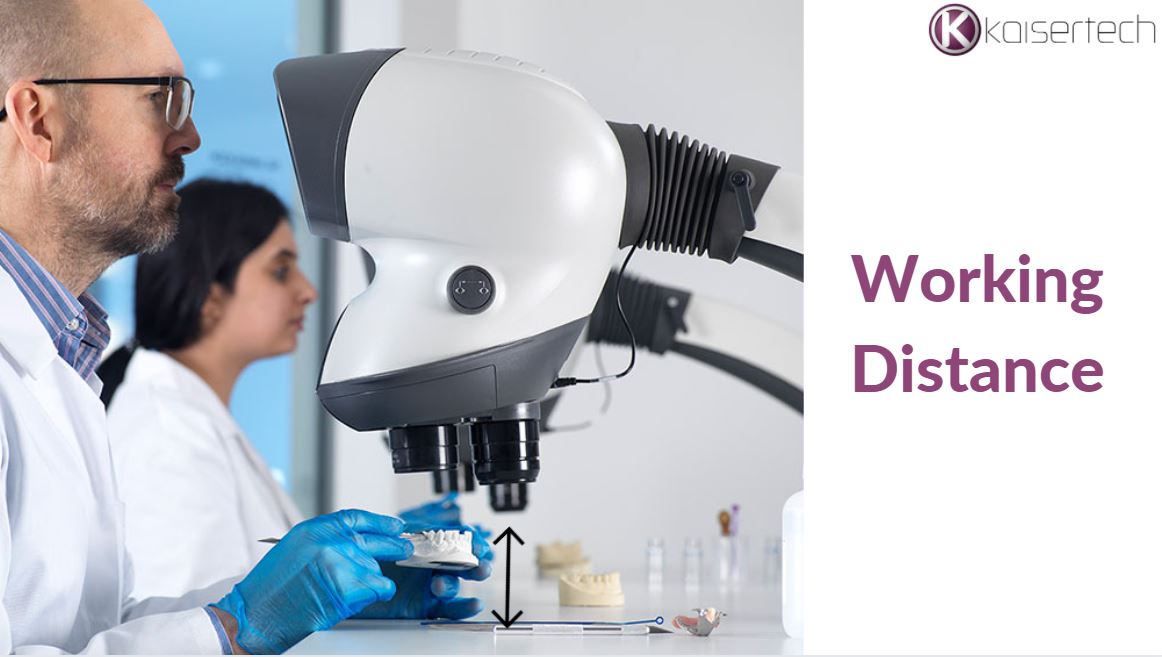

Ergonomics
You will use vision systems for extended periods of time at your workplace. With that in mind, the ergonomics of your chosen vision system need to provide a comfortable experience.
Things to consider for this include:
Stand type – From height adjustment, to articulated arm, there are many added options for your unit that can help to adjust to the height of different users. If there will be multiple different operators working on the microscope, then this is a must for you to consider when choosing the right microscope set up.
Observation angle – Adjusting this to the comfort of the user will aid in reducing any extra strain on the operator’s neck and shoulder muscles. Find a unit that makes these adjustments simple and straightforward on the head of the microscope.
Eyepieces – As touched upon above, the optical viewing of the object can differ from scope to scope. Binocular heads can sometimes lead to hunched postures, so you may wish to consider a unit that is eyepieces-less such as the Lynx Evo Cam.
Practicality – Think about the way in which you will be using the microscope. If viewing through an eyepiece, can the knobs be easily adjusted whilst viewing for example. You should not overlook the practicality of the microscope.
Posture – The optimal angle for the operator to be using the microscope is 90 degrees. This allows for the perfect spine alignment and eliminates the risk of creating a hunched posture for the user.
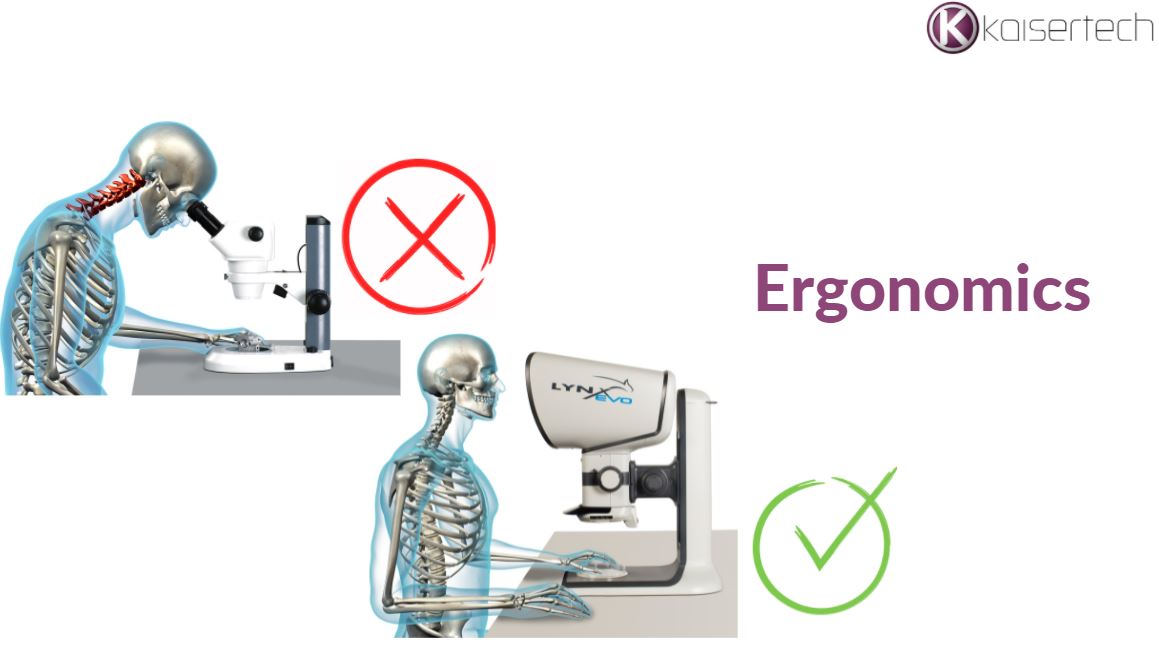

Illumination
When choosing the right microscope for your electronic application, the correct illumination is a consideration.
Sample features of interest should be visualised in an optimal manner, this can be achieved with the most suitable illumination. New information could possibly be uncovered if the correct lighting is used.
The entire field of view needs to be illuminated equally, be accurate with revealing the true colours of the sample and provide good contrast. Below are the different types that should be considered:
- Incident light
Used for opaque, non-transparent samples. Many different incident illumination solutions are available to give proper contrast of the sample details and features of interest, but this is dependent on the sample texture and application requirements. - Transmitted light
This is used for different kinds of transparent samples ranging from biological ones, including: model organisms, to polymers and glass. - Standard transmitted brightfield illumination
Used for all types of transparent samples, it provides high contrast and sufficient colour information. - Oblique transmitted illumination
Used for samples that are nearly transparent and colourless. - Darkfield illumination
Some small features on flat areas cannot be seen easily with brightfield, therefore Darkfield illumination is more suitable. The small features include such as cracks, pores, fine protrusions, etc. on shiny or bright samples. Using darkfield illumination, sample structures with a size below the resolution limit can be discovered.
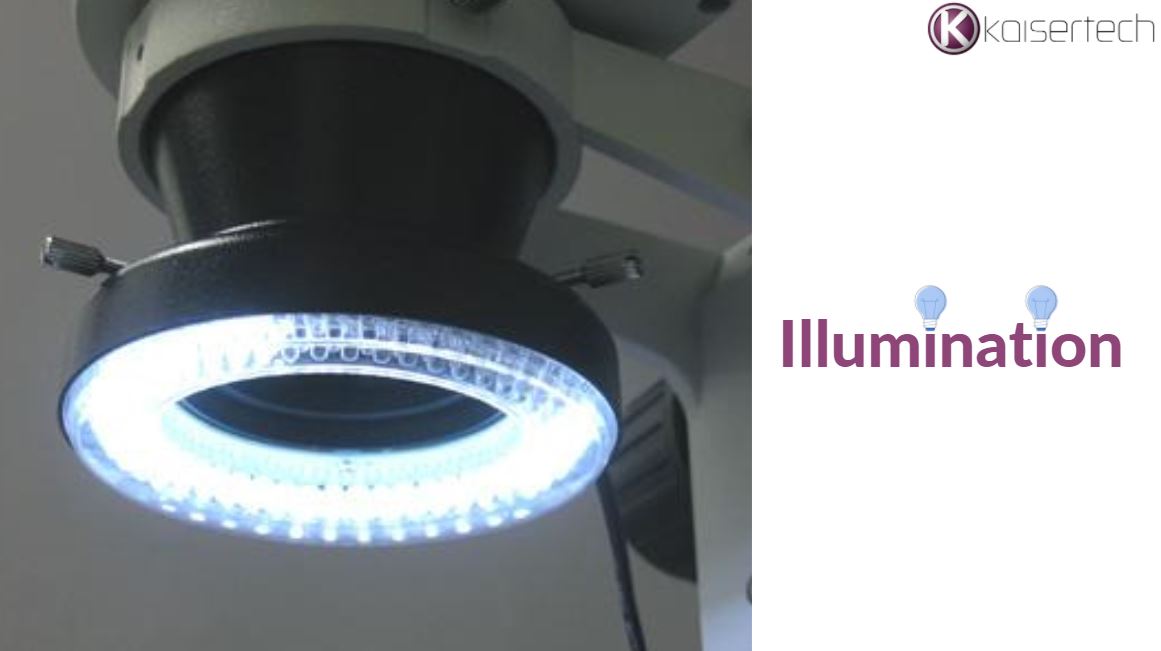

Optical Quality
The purpose of a good optical design is to reduce or eliminate chromatic and spherical aberration.
- Plan Optics: Correction for image flatness, suitable for all applications
- Achromat: Geometrical features are assessed, and true colour reproduction is unimportant
- Apochromat: Where colour fringes can be disturbing, such as those which require fast colour change and the colocalization of structures.
- Transmission: It is advantageous to use high-quality optics with better light transmission for applications requiring fine details on a sample. For research and development applications, optics with a high light transmission can improve quality.
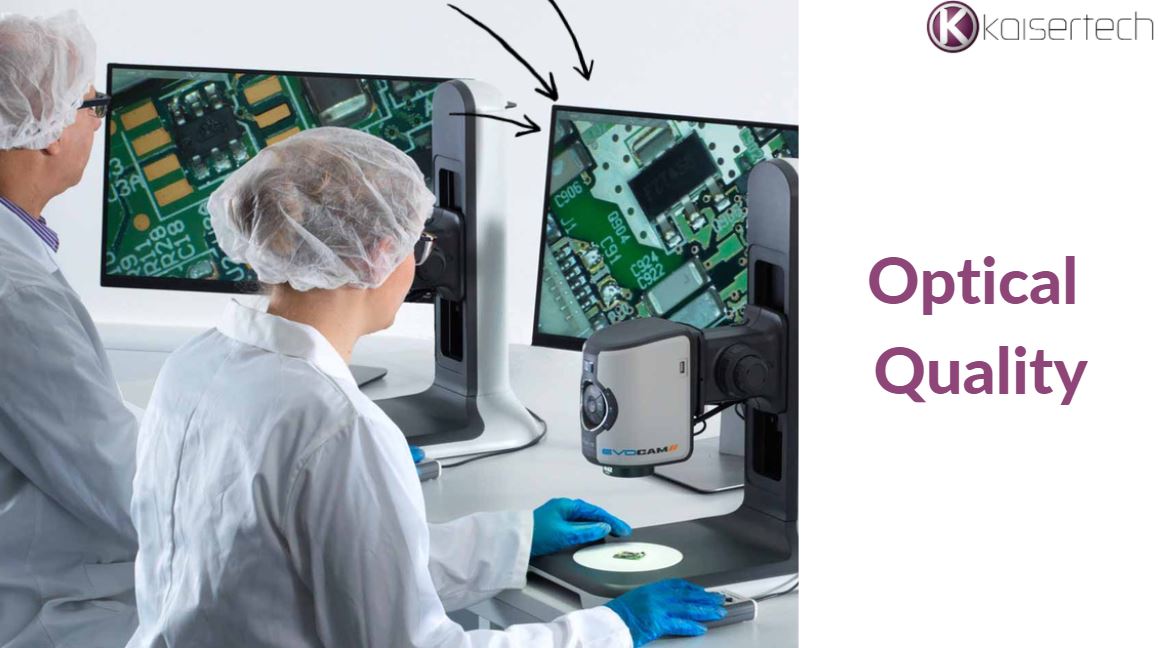

To Conclude…
When you are in the market for a vision system, carefully assessing your application requirement will be key in ensuring you end up with the most optimal product.
Choosing the right microscope set up will ensure you get the most out of your vision system both from an application and ergonomic standpoint.
For any assistance in finding the right microscope for you, give our experts a call and we can ensure you make the ideal choice of vision system. Call 023 8065 0065 or email [email protected].


